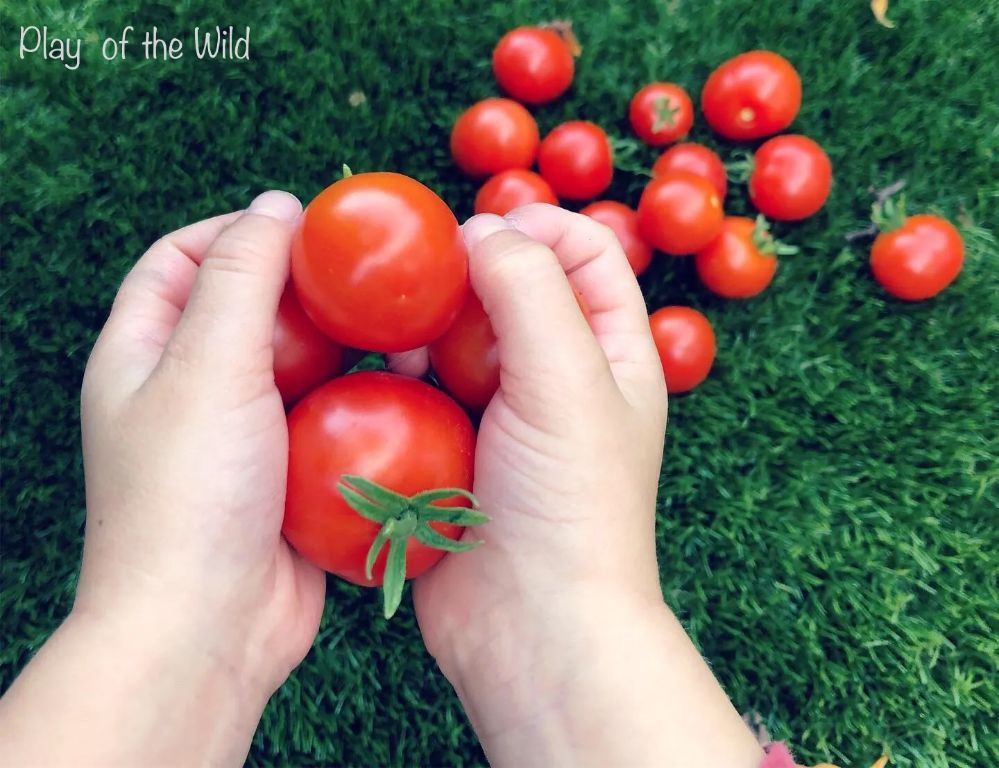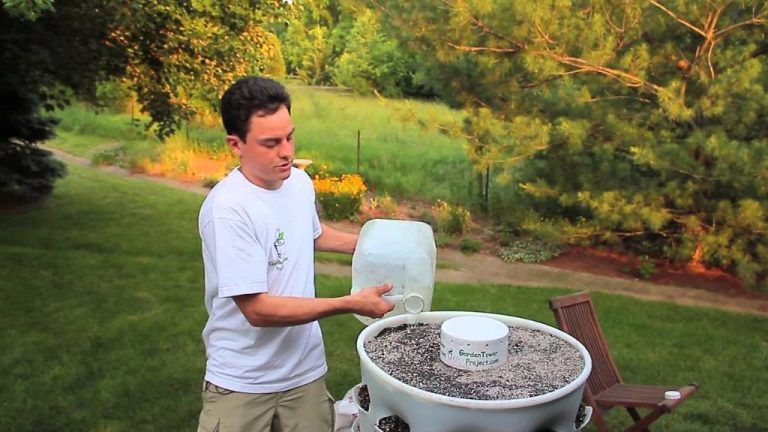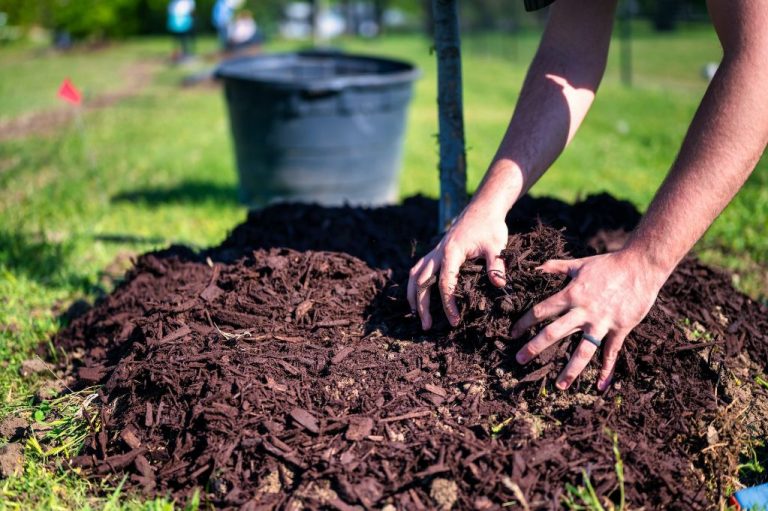Introducing Kids To Edible Gardening: Fun And Educational Activities
Benefits of Gardening with Kids
Gardening with kids provides many benefits that can enrich their development. Studies show that gardening teaches responsibility as children learn to care for their plants by watering and weeding. It also connects kids with nature, getting them outdoors and away from screens. Additionally, growing their own fruits and vegetables promotes healthy eating habits. When kids are involved in planting seeds and caring for plants over time, it fosters patience and care as well (https://national.macaronikid.com/articles/584ee953599b572c01fd11a3/get-your-hands-dirty-here-are-10-benefits-of-gardening-with-kids). Allowing children to get their hands dirty gardening gives them a sense of wonder and provides holistic learning across many domains.
Getting Started
There are a few key steps to starting a garden with kids before you actually start digging in the dirt. First, decide if you want to use containers or plant directly in the ground. Containers are great for small spaces and allow kids to take care of their own little garden. In-ground planting allows for larger gardens, but requires more work preparing the soil.
Next, choose a sunny location. Most vegetables and herbs need at least 6 hours of direct sunlight per day. Observe the sun patterns in your yard to identify the sunniest spots. For containers, make sure you can move them to follow the sun.
Finally, make a plan of what to grow. Good starter crops for kids include radishes and peas which sprout and mature quickly. Lettuce, kale, tomatoes, peppers, carrots, and beans are also great productive crops kids will love caring for and eating. Refer to this guide for more kid-friendly options.
Crops Kids Will Love
Getting kids excited about growing their own food starts with choosing crops they’ll find fun, tasty, and easy to grow. Here are some top picks:
Cherry Tomatoes

Cherry tomatoes are a gardening staple for kids. The bite-sized fruits grow quickly and can be popped right into your child’s mouth when ripe. Go for compact bush varieties that can grow in containers or small garden beds. Ensure the plants get at least 6 hours of sun.
Radishes
Radishes are a satisfying first crop for little gardeners since they mature in just 4-6 weeks. Kids will enjoy harvesting these spicy roots and watching their salad transform from seed to plate in no time. Sow seeds directly in the soil 1/2 inch deep and 2 inches apart.
Peas
Sweet snap peas and snow peas are fun finger foods to pick and eat right off the vine. Have kids plant seeds 1 inch deep and provide supports like trellises as the vines grow. Peas need cooler weather and can be grown as a spring or fall crop.
Herbs
Herbs are aromatic, tactile plants that are simple for children to grow. Try basics like basil, parsley, cilantro and mint. Let kids snip herbs to add burst of flavor to meals they help prepare. Herbs can grow in garden beds or containers placed in a sunny spot.
Making it Fun
You can spark excitement and engagement in gardening by making it a fun, hands-on experience for kids. Some ideas include:
Give them child-sized, safe gardening tools to dig, rake, and water plants. Let them get their hands dirty as they care for their own little patch of the garden.
Make colorful garden markers and signs together to label different plants and sections of the garden. Get creative with popsicle sticks, paint, and glitter.
Do periodic taste tests of crunchy carrots, sweet strawberries, and fresh herbs. Kids will be more inclined to try foods they helped grow themselves.
Getting Kids Involved
Kids love to get their hands dirty and be involved in the gardening process from start to finish. Here are some fun ways to engage them:
Have them help prepare soil. Let kids dig and turn over the soil with child-sized tools before planting. This gets them invested in the garden bed they helped create.
Let them plant seeds. Carefully poke holes for seeds or seedlings and have kids place them in the soil. Make sure they gently pat down afterwards. This gives them ownership over the plants.
Assign watering/weeding duties. Make a schedule and have kids sign up to be in charge of watering or weeding on certain days. Give them a watering can they can easily manage. These responsibilities build a sense of caretaking.
Tasks like planting seeds, watering, or digging build connection between kids and nature. Giving them hands-on jobs tailored for their age makes them active participants in growing their own food. They will be proud caretakers of their garden.
Fostering Learning
Gardening with kids provides many opportunities to foster learning, especially when it comes to plant biology. Tracking the growth of plants is a great hands-on science lesson for kids. Have them measure plant heights each week and record the changes in a gardening journal. Take time to point out the different parts of the plant like roots, stems, leaves, flowers, seeds, etc. Identify the role each part plays in the plant’s survival and reproduction. Get kids involved in planting seeds, so they can observe the germination process up close.
Another learning opportunity is identifying the insects and pollinators that visit the garden. Kids will be fascinated to find butterflies, bees, ladybugs, and more interacting with the plants. Teach them how vital pollinators are for enabling many plants to reproduce. Equip kids with magnifying glasses and insect identification guides so they can explore and learn the names of the critters they find. Keep a little nature journal where kids can sketch or describe the pollinators they discover. This engages them even more in the learning process.
For sources, see:
https://kidsgardening.org/resource-activities/
Easy Recipes from the Garden
One of the best parts of having an edible garden with kids is enjoying delicious recipes featuring ingredients picked fresh from the garden. Here are some kid-friendly recipes to try:
Salad with cherry tomatoes – Let kids pick cherry tomatoes straight from the vine and create their own salads. Add in their choice of lettuce and other veggies like cucumbers or bell peppers. A simple olive oil and balsamic vinaigrette pairs perfectly. See more salad inspiration at https://www.yummytoddlerfood.com/vegetable-recipes-for-kids/
Radish sandwiches – Radishes add a pleasant crunch and spicy kick to sandwiches. Simply slice fresh radishes and layer on bread with a smear of cream cheese or peanut butter. Get radish sandwich ideas and more recipes at https://thenaturalnurturer.com/32-vegetable-recipes-for-kids/
Herb butter – Let kids pick fresh herbs like parsley, basil, or chives and blend with softened butter. Slather on bread or use as a dip for cooked veggies. See 25 more veggie sides kids will love at https://www.eatingwell.com/gallery/14005/25-vegetable-side-dish-ideas-kids-will-actually-like/
Troubleshooting Common Issues
Kids’ gardens often run into predictable problems like pests, weeds, and inconsistent watering. Being prepared with troubleshooting techniques will help young gardeners learn how to care for plants.
Pests like aphids, caterpillars, and beetles can quickly damage vegetable and flower crops. Have identification guides on hand so kids can learn about common garden pests. Use organic pest control methods like spraying insecticidal soap, applying neem oil, or attracting beneficial insects. Remove heavily infested plants to prevent spreading. Teach kids gentle pest removal techniques like spraying with a water bottle or handpicking pests into a bucket of soapy water. Refer them to this guide for age-appropriate solutions.
Weeds compete with crops for sunlight, nutrients and water. Keep weeds under control by regularly hand-pulling, hoeing soil surfaces, and mulching garden beds. Show kids how to identify common weeds versus designated plants. Make weeding more engaging by challenging them to target specific weeds or have contests. Some weeding mistakes like digger too deeply can harm plant roots, so demonstrate proper technique.
Inconsistent watering causes issues like wilting, poor growth, and low yields. Set up a routine and assign kids daily watering duties. Use soaker hoses, drip irrigation, or watering cans to simplify the process. If plants show signs of underwatering, teach kids techniques for deeper, more thorough watering. Refer them to this guide to avoid overwatering errors.
Expanding the Garden
Kids love to watch plants grow, so expanding an edible garden is a great way to keep them engaged. Here are some fun ways to enlarge the garden:
Add flowers – Let kids pick out a few flower seeds like sunflowers, zinnias or cosmos to plant alongside the vegetables. The bright colors will make the garden more fun. See 10 Ideas for Planning your own Amazing Children’s Garden for tips on the best flowers for kids’ gardens.
Plant a fruit tree – Planting a dwarf fruit tree together teaches patience. Kids can watch the tree grow over years and enjoy sweet fruit when it’s ready. Good starter trees include dwarf apples, cherries or peaches. See 14 Gardening Projects for Kids for fruit tree planting instructions.
Install a rain barrel – Collecting rainwater to water the garden gets kids thinking about conservation. Let them decorate the rain barrel and measure rainfall. They’ll take pride in watering plants with their own rainwater stash. See 5 Easy Ways to Engage Kids in Gardening for rain barrel setup tips.
Keeping Kids Engaged
Keeping children interested in gardening over time requires planning fun activities throughout the growing season. Here are some engaging ideas:
Have seasonal themes – Tie gardening activities to seasonal events or holidays. For spring, have seed planting parties and Easter egg hunts in the garden. In summer, focus on water play and making sun tea or sun prints from garden materials. Fall brings harvest crafts, while winter allows evergreen sprigs and pinecone crafts.
Do crafts with crops – Let kids make stamp art from sliced potatoes dipped in paint, ornecklaces and crowns woven from dried corn husks or willow branches. Have them press flowers or preserve leaves with wax paper ironing.
Hold a harvest party – At the end of the season, have a garden party to celebrate all the plants produced. Kids can make recipes using the vegetables and herbs they grew themselves. Make it a potluck with garden-inspired foods.
With a little creativity, the garden itself can provide many of the raw materials for fun projects to keep kids engaged. Themed activities related to the seasons also help maintain interest year-round. Most importantly, making time for play and crafts amid the gardening work turns it into a happy childhood memory.






